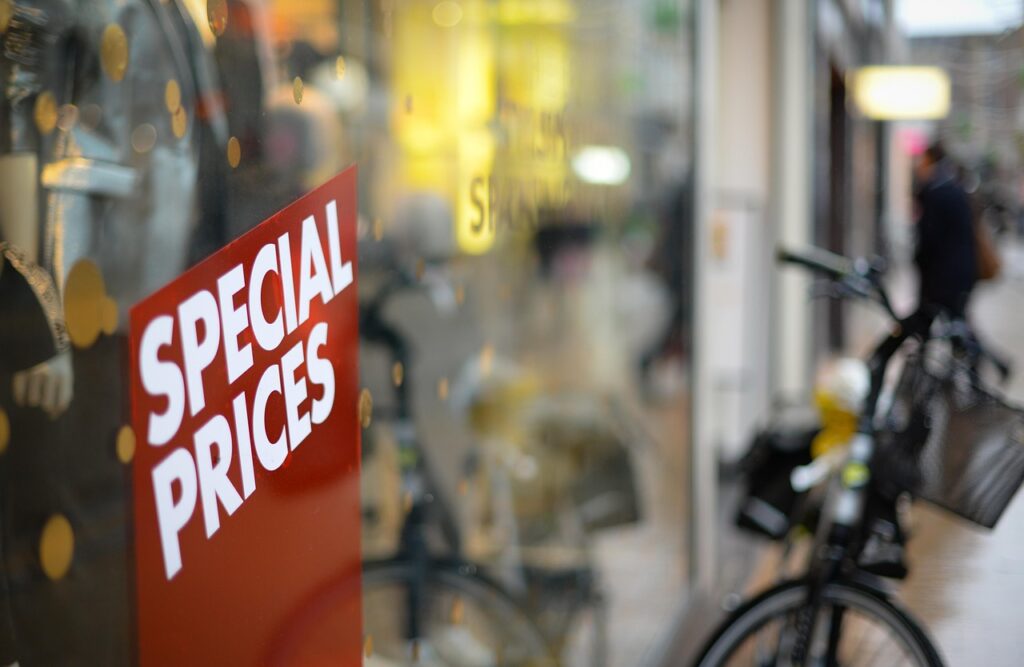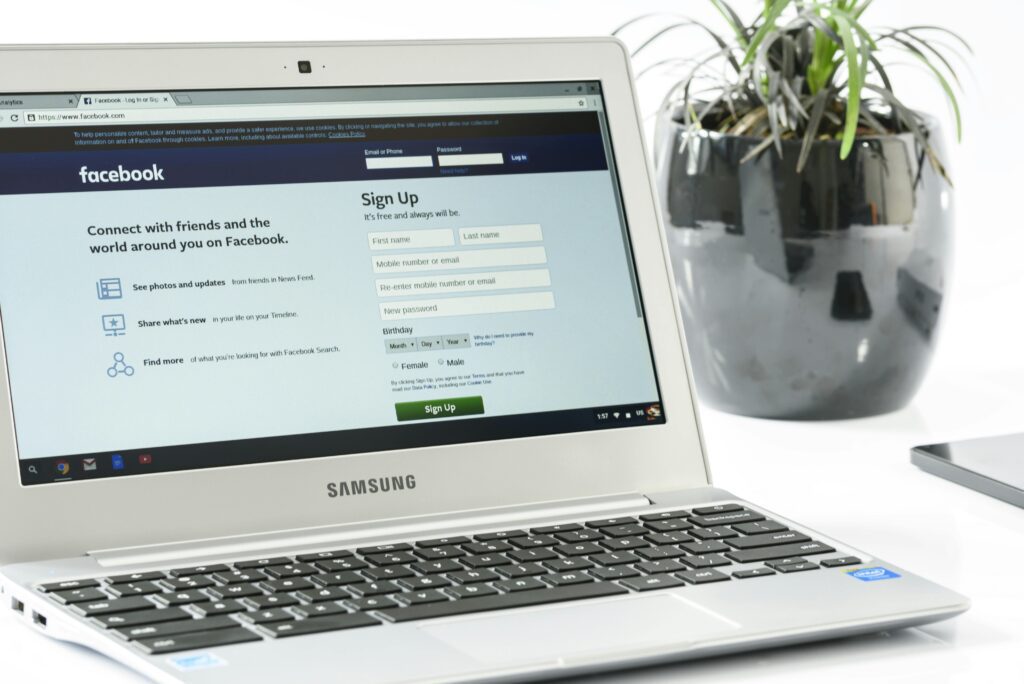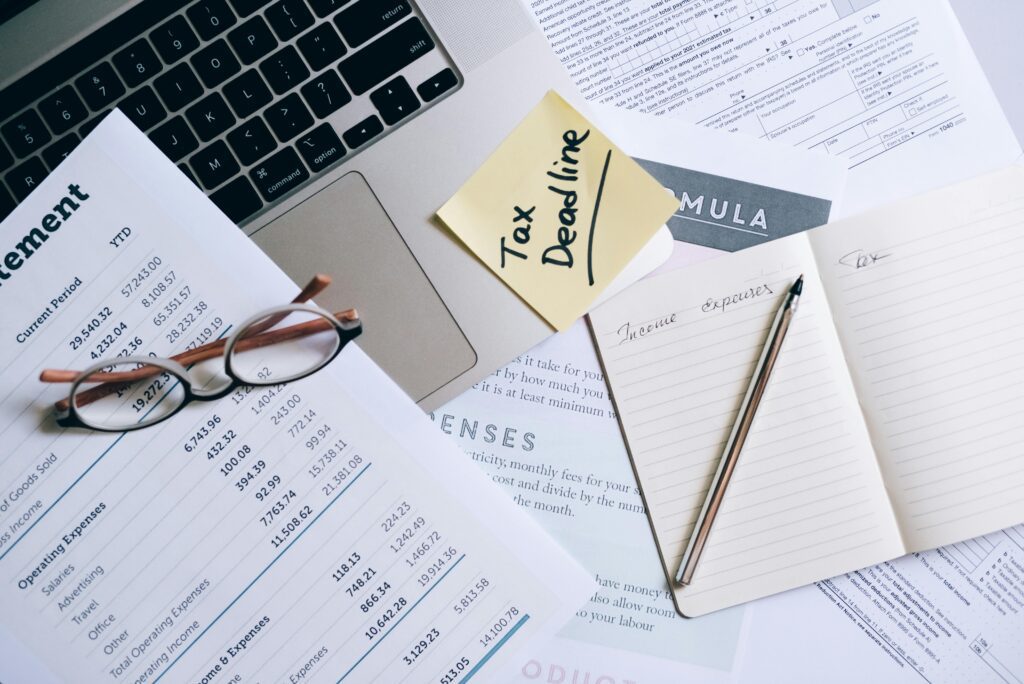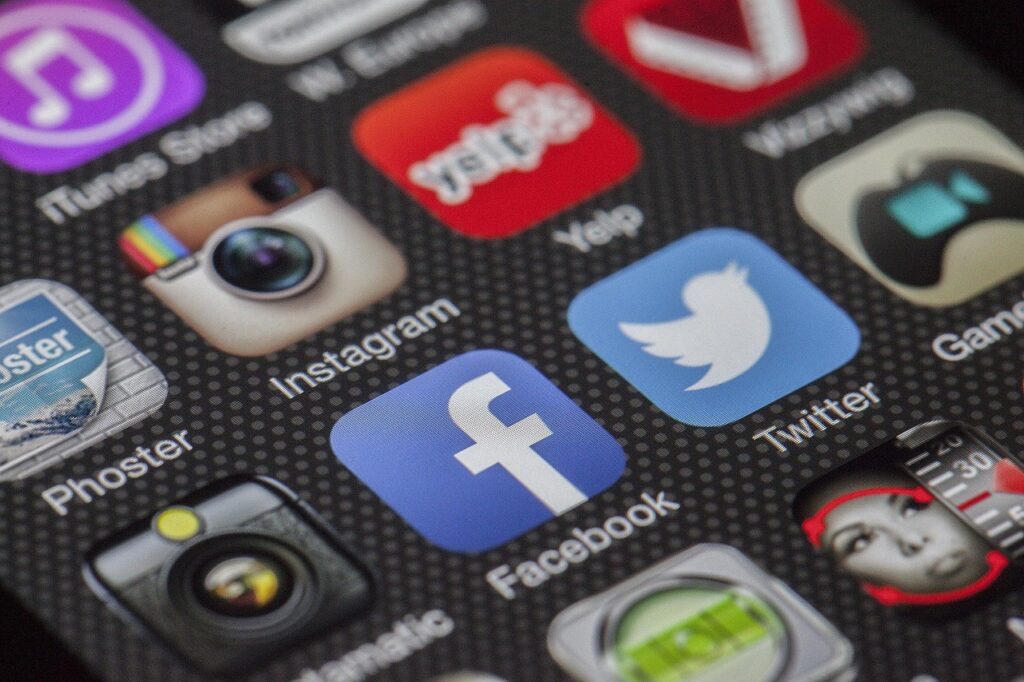Businesses that understand their customers’ geographical locations outperform competitors by an average of 41% [1]. In today’s hyper-connected digital landscape, the ability to deliver precisely targeted promotional offers based on geographic data has become the cornerstone of successful marketing campaigns. Using geographic data to localize promotional offers represents a sophisticated approach that transforms generic marketing messages into personalized experiences that resonate with specific regional audiences, driving unprecedented engagement and conversion rates.
What Is Using Geographic Data to Localize Promotional Offers?
Using geographic data to localize promotional offers is a marketing strategy that leverages a person’s geographic location to deliver targeted promotional messages or offers [2]. This approach takes advantage of mobile devices’ GPS capabilities or other location-tracking technologies to tailor promotions to users in specific geographic areas [2]. The strategy encompasses multiple core components including geofencing technology, IP geo-targeting, beacon-based proximity marketing, and regional content personalization.
The practice involves analyzing various geographic variables to divide markets into meaningful segments, including region, climate, urban versus rural distinctions, population density, and cultural factors. Geographic segmentation categorizes customers based on their geographical locations, ranging from continents to specific areas such as neighborhoods, recognizing that each region’s unique characteristics influence consumer behaviors and purchasing habits.
Why Using Geographic Data to Localize Promotional Offers Matters in Digital Marketing
The relevance of geographic data in promotional localization has reached unprecedented importance in modern digital marketing strategies. Location-based targeting improves response rates by up to 5 times when executed effectively, with 84% of marketers currently using location data in their marketing campaigns and 94% planning to use it in the future [9]. The global location-based marketing services market was valued at $69.0 billion in 2025 and is anticipated to reach $293.0 billion by 2035, projecting a compound annual growth rate of 15.6% [10].
Research demonstrates that 89% of surveyed marketers increased sales by using consumer location data to boost the effectiveness of their ad campaigns [11]. Additionally, 86% of marketers increased their customer base and 84% engaged with consumers by leveraging location data [11]. Location-based campaigns achieve an average 62% opt-in rate with 51% of users opting to receive push notifications [9]. The effectiveness is further evidenced by location-based ads being 20 times more effective than standard banner ads.
Companies that invested in localization strategies saw an average of 300% return on investment, with businesses experiencing an average 52% increase in international sales after localizing their marketing approaches [13]. These statistics underscore the critical importance of geographic data utilization in creating promotional offers that resonate with local markets and drive measurable business results.
The Psychology Behind Using Geographic Data to Localize Promotional Offers
Proximity and Psychological Connection: The principle of proximity suggests that consumers naturally group stimuli together when they are geographically near one another, creating stronger psychological connections. This psychological tendency enables marketers to create associations between their promotional offers and local contexts, making customers feel that products and services are specifically designed for their immediate environment. Research indicates that consumers are more willing to engage with brands when promotional messages feel proximal and relevant to their current location and circumstances.
Social Proof and Local Validation: Geographic data enables marketers to leverage social proof by showcasing local customer testimonials, regional popularity metrics, and community-specific endorsements [16]. When consumers see that others in their immediate geographic area are engaging with promotional offers, they experience validation that reduces purchase anxiety and increases conversion likelihood [12]. This localized social proof creates a sense of community participation and reduces the perceived risk associated with new promotional offers.
Fear of Missing Out (FOMO) and Urgency: Location-based promotional offers create powerful FOMO effects by emphasizing limited-time, location-specific opportunities. When customers receive notifications about exclusive offers available only in their immediate vicinity or for a limited time in their region, the combination of geographic exclusivity and temporal scarcity triggers immediate action. Research shows that 45% of consumers are likely to act on a location-based offer within 24 hours, demonstrating the psychological urgency created by geographically targeted promotions [12].
How Using Geographic Data to Localize Promotional Offers Works
Step 1: Data Collection and Location Detection – The process begins with collecting location data through GPS coordinates, IP addresses, Wi-Fi signals, or Bluetooth beacons to determine customer positions. For example, Starbucks uses its mobile app to detect when customers are near store locations, collecting real-time geographic data to trigger relevant promotional opportunities.
Step 2: Geographic Boundary Creation – Marketers establish virtual boundaries or geofences around specific locations such as stores, competitor locations, or event venues. Dunkin’ Donuts successfully implemented this by creating geofences around competitor coffee shops, allowing them to send targeted advertisements and coupons to potential customers in those areas.
Step 3: Audience Segmentation and Targeting – Location data enables precise audience segmentation based on geographic variables including climate, culture, population density, and regional preferences. McDonald’s exemplifies this approach by tailoring menu offerings and promotional campaigns to regional tastes, such as offering the Spicy Paneer Wrap in India to align with local culinary preferences.
Step 4: Content Personalization and Localization – Promotional content is customized to reflect local cultural references, seasonal relevance, weather conditions, and regional events. A practical example involves an e-commerce retailer showing snow shovel promotions to customers in Minnesota during January while simultaneously displaying sunscreen offers to visitors from Florida.
Step 5: Real-Time Delivery and Engagement – Personalized promotional messages are delivered through push notifications, SMS, or in-app messages when customers enter predetermined geographic zones. Retail chains like Target use this approach to send exclusive discount notifications when customers enter store locations, creating immediate engagement opportunities.
Step 6: Performance Monitoring and Optimization – Campaign effectiveness is measured through metrics including click-through rates, conversion rates, foot traffic increases, and sales attribution. Continuous refinement based on geographic performance data ensures optimal promotional targeting and message relevance across different locations and time periods.
Why Using Geographic Data to Localize Promotional Offers Is Effective
Enhanced Personalization and Relevance: Geographic data enables marketers to create highly personalized promotional experiences that feel specifically designed for individual customers’ immediate environments. Research shows that 72% of consumers only engage with marketing messages customized to their interests, with location being one of the most critical factors in delivering that relevance [20]. Personalized product recommendations tailored to local preferences can boost average order value by up to 12% as merchants suggest complementary items based on regional buying behaviors [20].
Improved Conversion Rates and ROI: Location-based promotional campaigns consistently demonstrate superior performance metrics compared to generic marketing approaches. Geographic targeting achieves 20% higher click-through rates than standard campaigns, while businesses using location intelligence can reduce customer acquisition costs by as much as 50% [21]. Case studies reveal that companies implementing geographic promotional strategies achieved 231% ROI and generated over $15,000 in additional revenue within just six weeks [22].
Real-Time Engagement and Immediate Action: The proximity-based nature of geographically localized offers creates immediate engagement opportunities that capitalize on customers’ current context and needs. Studies indicate that 53% of consumers visited a retailer after receiving a location-based alert, while 78% of local mobile searches result in offline purchases [12]. This immediate action potential transforms promotional marketing from awareness-building to direct sales generation.
Competitive Advantage and Market Differentiation: Businesses utilizing geographic data for promotional localization gain significant competitive advantages by delivering more relevant experiences than competitors using generic approaches. Companies can strategically position themselves by understanding regional competitors and market gaps, fine-tuning promotional strategies to seize location-specific opportunities. This geographic intelligence enables businesses to optimize resource allocation by focusing promotional efforts on high-potential regions while reducing waste in underperforming areas.
How to Implement Using Geographic Data to Localize Promotional Offers
Step 1: Define Geographic Marketing Objectives and Goals – Begin by clearly establishing what you hope to achieve through location-based promotional campaigns, whether driving foot traffic, improving customer engagement, or optimizing fleet management. Identify key performance indicators that align with these objectives, such as sales growth, website traffic, customer engagement metrics, or product adoption rates in specific geographic regions.
Step 2: Collect and Analyze Customer Location Data – Implement location tracking technologies including GPS, Wi-Fi, cellular data, and Bluetooth to determine customer positions and movement patterns. Ensure compliance with privacy regulations while gathering location data through mobile apps, website interactions, or opt-in programs that provide value exchange for location access.
Step 3: Create Strategic Geographic Boundaries and Segments – Establish geofences with optimal radius settings, typically maintaining four-to-five minute travel distances for maximum effectiveness. Segment audiences based on geographic variables including climate, urban versus rural distinctions, cultural factors, and regional demographic characteristics.
Step 4: Develop Localized Promotional Content and Messaging – Create region-specific promotional campaigns featuring local references, culturally relevant imagery, and messaging that aligns with regional preferences and seasonal patterns. Customize pricing strategies, product offerings, and promotional incentives based on local purchasing power and competitive landscapes.
Step 5: Select and Configure Location-Based Marketing Platforms – Implement specialized tools such as CleverTap for geofencing and personalized notifications, GroundTruth for location intelligence and foot traffic data, or Foursquare for social engagement and location-based analytics . Configure platform settings to support multiple geofence configurations, radius customization, and integration with existing analytics systems.
Step 6: Launch and Monitor Campaign Performance – Deploy promotional campaigns while continuously monitoring key metrics including open rates, click-through rates, conversion rates, and foot traffic attribution. Implement A/B testing protocols to optimize geographic variables, messaging content, timing, and promotional incentives across different regions.
Step 7: Optimize and Scale Based on Performance Data – Analyze campaign effectiveness data to identify high-performing regions and underperforming areas, adjusting budget allocation and promotional strategies accordingly [21]. Refine geographic boundaries, promotional messaging, and delivery timing based on customer response patterns and regional performance metrics [18].
Advanced Strategies for Maximizing Geographic Promotional Effectiveness
Successful implementation of geographic promotional localization extends beyond basic location targeting to encompass sophisticated cultural adaptation and seasonal optimization strategies. Businesses should leverage weather data integration to align promotional offers with local climate conditions, such as promoting winter gear during cold snaps or beach accessories during heat waves. Cross-channel integration amplifies geographic promotional effectiveness by coordinating location-based messages across email, SMS, social media, and in-app notifications to create cohesive customer experiences.
Strategic partnerships with local influencers, businesses, and community organizations can significantly enhance geographic promotional credibility and reach. Collaborating with regional partners demonstrates community commitment and provides access to established local customer bases. Additionally, implementing dynamic pricing strategies based on regional purchasing power and competitive landscapes enables businesses to optimize promotional offers for maximum conversion while maintaining profitability across diverse geographic markets.
Conclusion
Using geographic data to localize promotional offers has emerged as an indispensable strategy for modern digital marketers seeking to create meaningful connections with their target audiences. The evidence overwhelmingly demonstrates that businesses leveraging location-based promotional strategies achieve superior performance metrics, including 41% better performance than competitors, 5 times higher response rates, and up to 300% return on investment. The psychological principles of proximity, social proof, and FOMO combine with advanced geolocation technologies to create promotional experiences that feel personally relevant and immediately actionable.
The strategic implementation of geographic promotional localization requires careful attention to data collection, audience segmentation, content personalization, and performance optimization [18][6][5]. Success depends on selecting appropriate technology platforms, maintaining cultural sensitivity, and continuously refining campaigns based on regional performance data [24][25]. As the location-based marketing services market continues its projected growth toward $293.0 billion by 2035, businesses that master geographic promotional localization will gain increasingly significant competitive advantages [10].
The transformation from generic promotional broadcasting to precision geographic targeting represents more than a tactical shift—it embodies a fundamental evolution toward customer-centric marketing that honors the unique contexts and needs of diverse regional audiences. In an era where consumers expect personalized experiences, the strategic use of geographic data to localize promotional offers has become not just an opportunity, but an imperative for digital marketing success.
Frequently asked questions
1. How much should small businesses budget for location-based promotional campaigns?
Small businesses typically allocate 7-8% of their revenue to marketing, with location-based campaigns representing a subset of this budget [1]. The cost of geofencing campaigns specifically ranges from $5 to $15 per 1,000 impressions, while comprehensive location-based marketing platforms cost upwards of $1,500 per month [2][3]. Small to mid-size businesses generally spend $2,500 to $12,000 monthly on digital marketing, with location-based strategies becoming increasingly cost-effective due to their targeted nature [4]. For startups and small businesses with limited budgets, beginning with $500-1,000 monthly can provide meaningful results when focused on high-impact geofencing around competitor locations or key customer areas [5].
2. What are the key privacy compliance requirements for collecting location data?
Location data collection must comply with GDPR regulations, which classify location information as personal data requiring explicit user consent. The FTC has increased enforcement actions against data brokers, with recent orders against companies like Mobilewalla prohibiting the use and sale of sensitive location data. Businesses must implement clear opt-in procedures, provide transparent privacy disclosures, and allow users to withdraw consent at any time. Companies collecting location data must specify exactly what information is gathered (device ID, latitude, longitude) and how it’s used, ensuring users understand data collection practices before granting “Always Allow” location permissions. Violation of these requirements can result in significant regulatory penalties and consumer trust damage.
3. How accurate is geographic data for promotional targeting, and what affects precision?
Location data accuracy varies significantly by source, with GPS providing the highest precision but facing challenges from physical barriers and technology limitations. Research indicates that 34% of marketers cite inaccurate location data as a key challenge in their campaigns [9]. GPS tracking offers real-time precision for proximity-based promotions, while IP address targeting provides broader regional accuracy suitable for city or state-level campaigns [10]. Geofencing accuracy depends on proper boundary configuration, with optimal radius settings typically maintaining four-to-five minute travel distances for maximum effectiveness [11]. Businesses can improve accuracy by combining multiple data sources including GPS, Wi-Fi signals, and Bluetooth beacons, while continuously monitoring and refining geofence parameters based on performance metrics.
4. What are the most effective tools and platforms for implementing localized promotional offers?
Leading location-based marketing platforms include CleverTap for geofencing and personalized notifications, which supports up to 100 distinct zones per geofence cluster [13]. Other effective tools include GroundTruth for location intelligence and foot traffic data, Foursquare for social engagement analytics, and various geofencing solutions that create virtual boundaries around specific locations [13]. The selection depends on campaign complexity, with simple proximity marketing starting around $100-5,000 monthly, while comprehensive content marketing and analytics platforms range from $5,000-10,000 monthly [4]. Businesses should prioritize platforms offering customizable radius settings, multiple geofence configurations, real-time analytics integration, and cross-platform compatibility for both Android and iOS devices.
5. How do you measure ROI and optimize performance for geographic promotional campaigns?
Location-based marketing ROI is calculated using the formula: [(value of localization – cost of localization)/cost of localization] × 100% [14]. Successful campaigns typically achieve 231% ROI with businesses experiencing 300% average return on localization investments [15][14]. Key performance metrics include click-through rates (20% higher than standard campaigns), conversion rates, foot traffic attribution, and sales lift measurement [15]. Companies should track cost of customer acquisition through location targeting, which can be reduced by up to 50% when properly implemented [15]. Optimization involves continuous A/B testing of geographic boundaries, promotional messaging, timing, and audience segments while monitoring 89% of marketers who report increased sales through location data usage [15].
1. MEmob. “2025’s Top Geomarketing Trends: What You Need to Know.” May 7, 2025. https://www.memob.com/blog/2025-top-geomarketing-trends/
2. Geotargetly. “Localized Marketing Strategies for 2025 (With Tools & Examples).” February 26, 2024. https://geotargetly.com/blog/localized-marketing-strategies
3. GeoPlugin. “Location-Based Marketing Statistics – Top Insights Revealed.” July 12, 2024. https://www.geoplugin.com/resources/location-based-marketing-statistics-top-insights-revealed/
4. Tips on Blogging. “35 Location Based Marketing Statistics to Know in 2025.” May 24, 2025. https://tipsonblogging.com/2025/03/location-based-marketing-statistics/
5. Future Market Insights. “Location-Based Marketing Services Market Size & Trends 2035.” January 23, 2025. https://www.futuremarketinsights.com/reports/location-based-marketing-services-market
6. Marketing Dive. “Location data is a boon for marketers, study says.” June 8, 2018. https://www.marketingdive.com/news/location-data-is-a-boon-for-marketers-study-says/525299/
7. POEditor. “How to measure your localization ROI.” April 29, 2024. https://poeditor.com/blog/localization-roi/
8. Alexander Jarvis. “Geo-Targeted Click-Through.” April 7, 2025. https://www.alexanderjarvis.com/what-is-geo-targeted-click-through-in-ecommerce/
9. Marketing Dive. “Study: 89% of marketers boost sales with location data.” June 13, 2019. https://www.marketingdive.com/news/study-89-of-marketers-boost-sales-with-location-data/556782/
10. CleverX. “Understanding the Gestalt Definition: Key Concepts and Principles.” March 18, 2025. https://cleverx.com/blog/gestalt-psychology-in-market-research-how-consumer-perception-shapes-decisions
11. Marketing Psych. “Gestalt Psychology and Its Impact on Consumer Behaviour: II.” June 30, 2021. https://marketingpsych683922759.wordpress.com/2021/06/30/gestalt-psychology-and-its-impact-on-consumer-behaviour-ii-proximity-and-similarity/
12. Wiley Online Library. “Customer proximity on consumers’ purchase behavior.” 2021. https://onlinelibrary.wiley.com/doi/pdf/10.1002/mar.21519
13. SAGE Journals. “Proximity in marketing: An integrating theoretical framework.” December 1, 2020. https://journals.sagepub.com/doi/10.1177/2051570720957152?icid=int.sj-abstract.citing-articles.137
14. National Center for Biotechnology Information. “More Proximal, More Willing to Purchase: The Mechanism for Variability in Consumers’ Purchase Intention Toward Sincere vs. Exciting Brands.” June 25, 2020. https://pmc.ncbi.nlm.nih.gov/articles/PMC7330119/
15. WinSavvy. “The Future of Location-Based Marketing: Vital Statistics and Trends.” October 29, 2024. https://www.winsavvy.com/future-of-location-based-marketing/
16. Sociamonials. “What Is Geo-Targeting for Social Media and How to Use It.” March 26, 2024. https://blog.sociamonials.com/geo-targeting-social-media-use-guide-2/
17. Utilities One. “Geolocation Data Analysis The Key to Targeted Advertising.” https://utilitiesone.com/geolocation-data-analysis-the-key-to-targeted-advertising
18. Hanken School of Economics. “Too close for comfort? The impact of salesperson-customer proximity on consumers’ purchase behavior.” May 29, 2021. https://harisportal.hanken.fi/en/publications/too-close-for-comfort-the-impact-of-salesperson-customer-proximit
19. Adjust. “How to set up geofencing marketing.” February 3, 2022. https://www.adjust.com/blog/geofencing-marketing/
20. Camphouse. “Geofencing Marketing: A Complete Guide.” June 13, 2025. https://camphouse.io/blog/geofencing-marketing
21. Salesforce. “What Is Geofencing Marketing? Guide To Getting Started.” June 12, 2025. https://www.salesforce.com/marketing/engagement/mobile-marketing/geofencing-guide/
22. WebFX. “6 Geofencing Best Practices | Geofencing Marketing Strategy.” June 1, 2025. https://www.webfx.com/blog/marketing/geofencing-best-practices/
read more
Boost Revenue Now: Essential Advertising KPIs Every CEO Uses
Advertising Automation KPIs Every Marketer Should Track Picture this: companies are crushing it with $5.44 back…
10 Game-Changing Facebook Ads Workflows for 2025 Growth
Picture this: 76% of businesses using Facebook ads workflows slash their campaign management time by 30%….
10 Deadly Retargeting Mistakes Business Owners Make
Did you know that retargeting campaigns can boost conversion rates by up to 150%? Yet many…
10 Invoice Automation Workflows That Skyrocket Cash Flow Now
Are you still stuck with paper invoices and typing in data by hand? Here’s a…
Revolutionary: 10 Social Media Automation Strategies Crushing Competition
Imagine this: you’re staring at your calendar, heart racing as you realize your biggest event…
10 Hidden Price drop Automation Secrets Competitors Don’t Know
Did you know that 77% of businesses using marketing automation see increased conversion rates, while…







